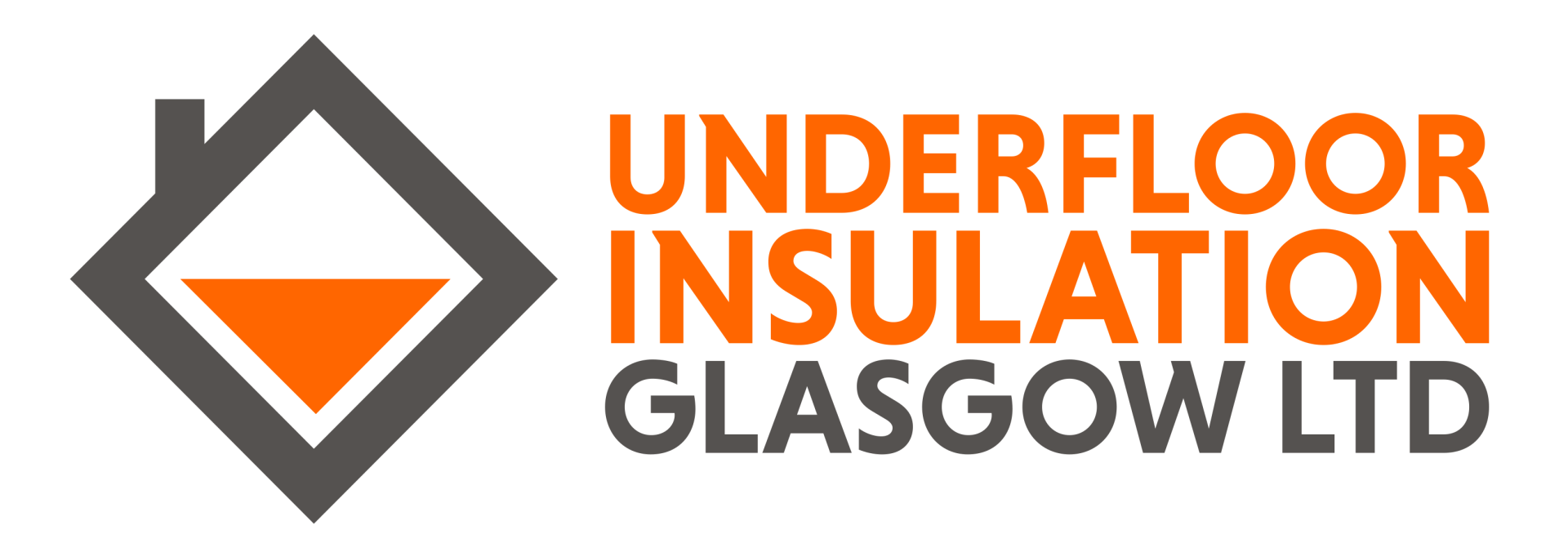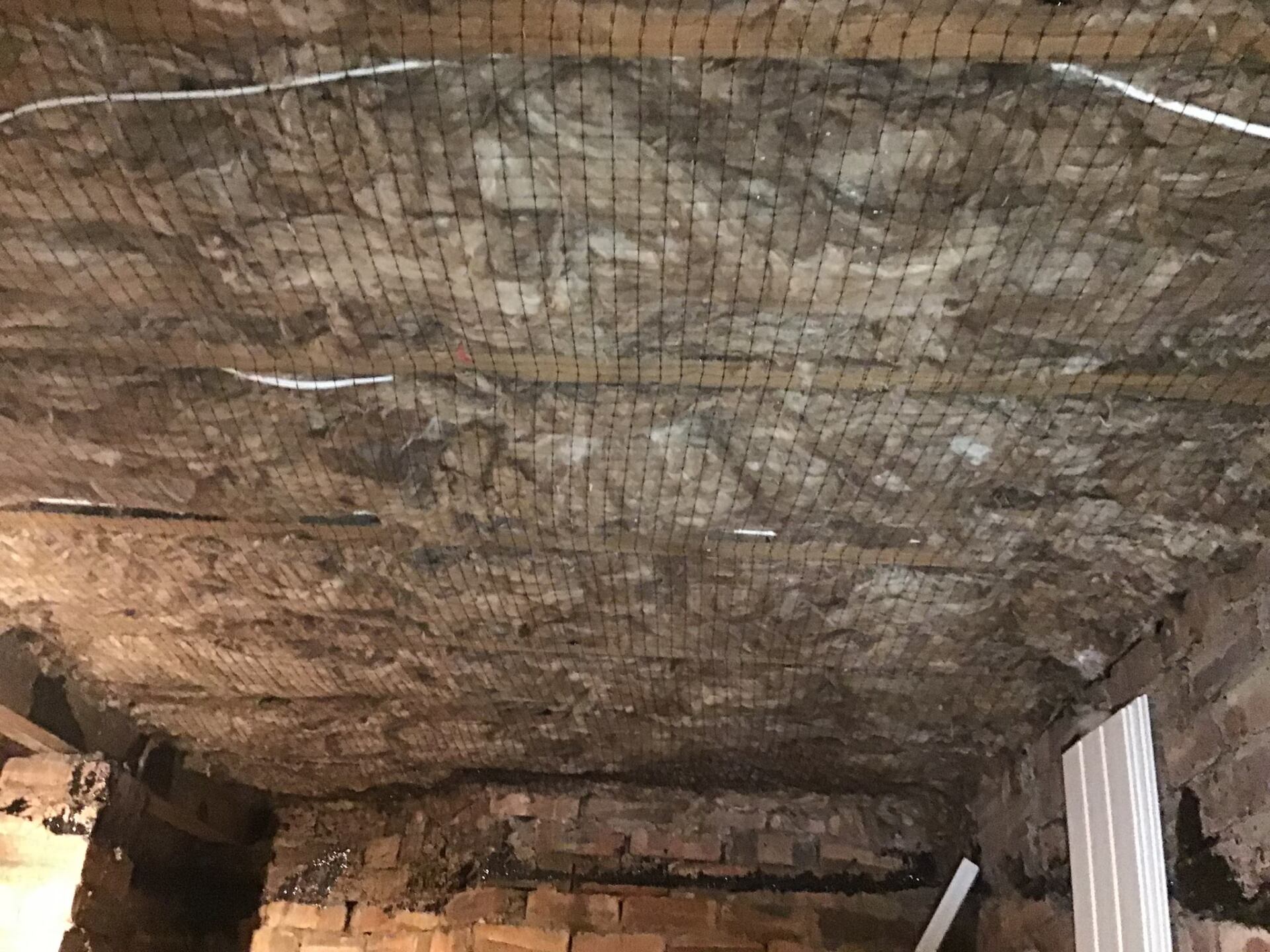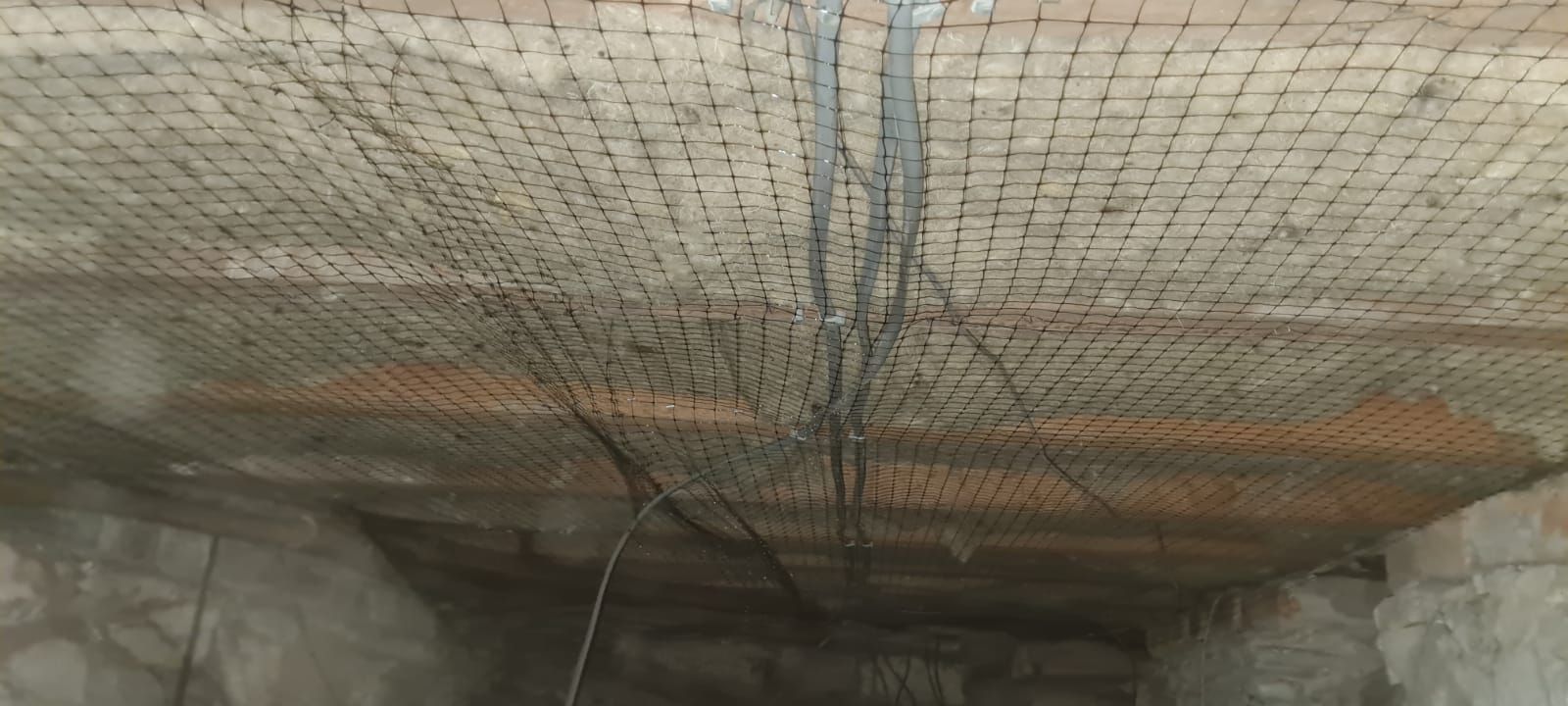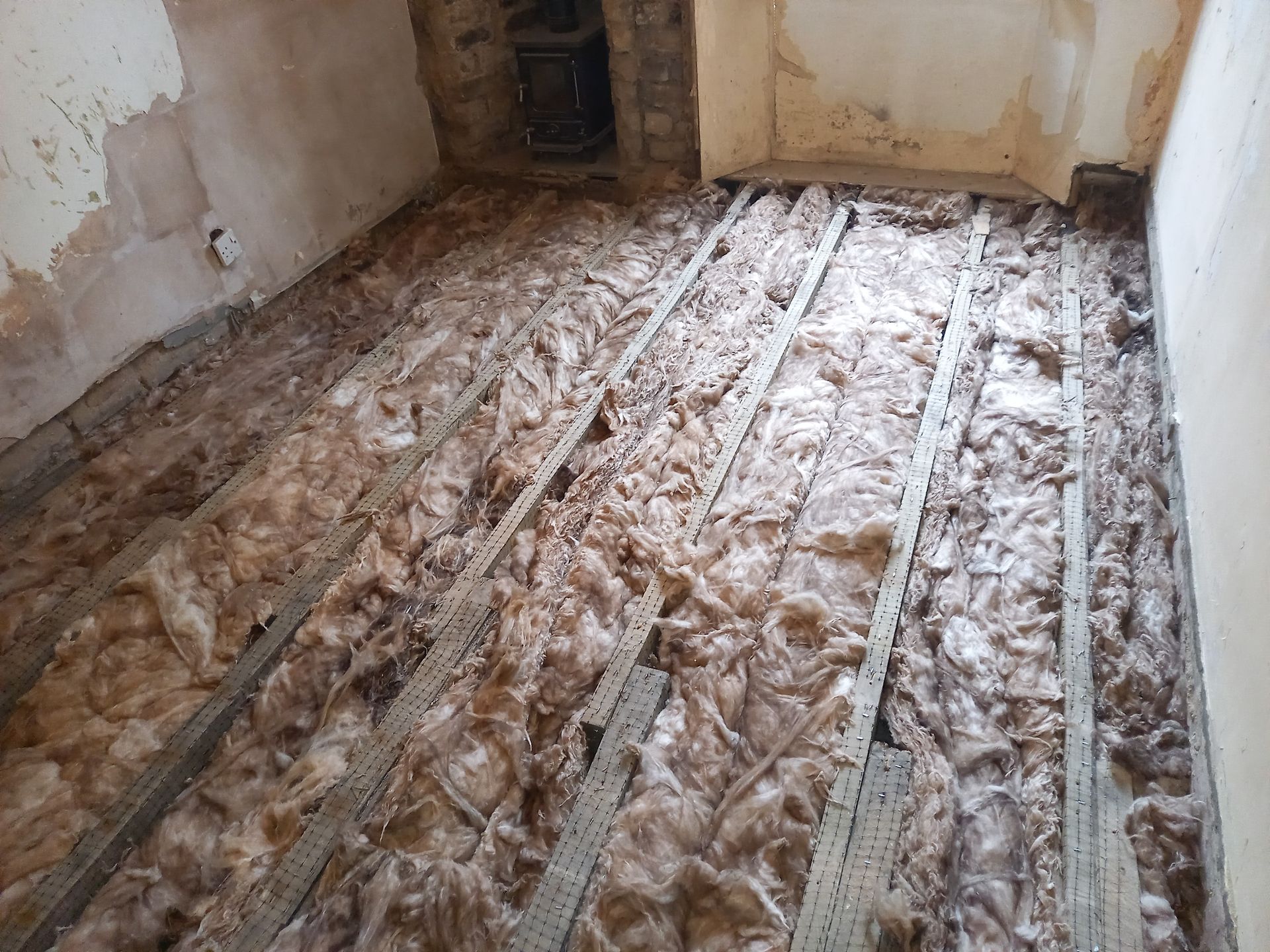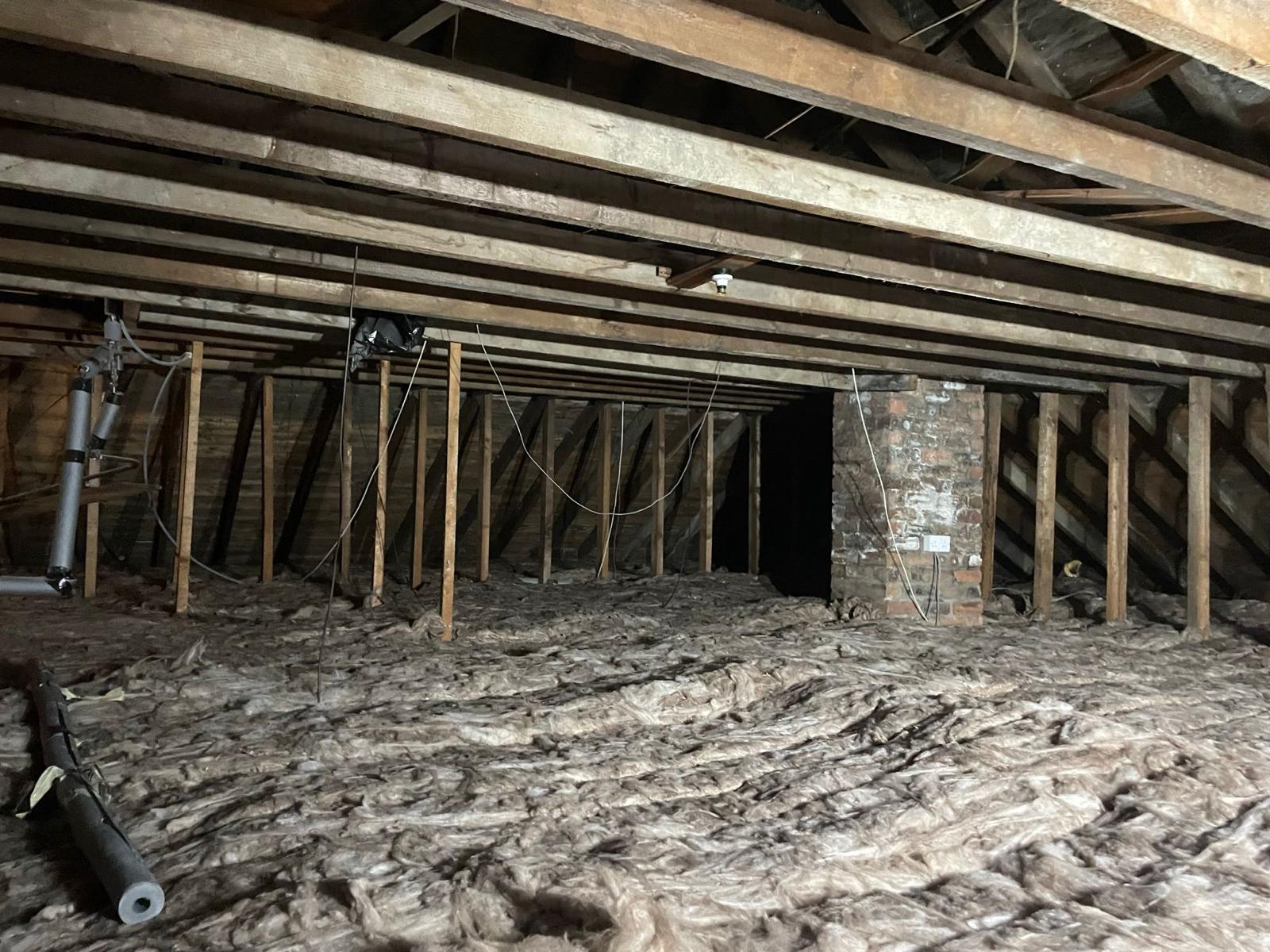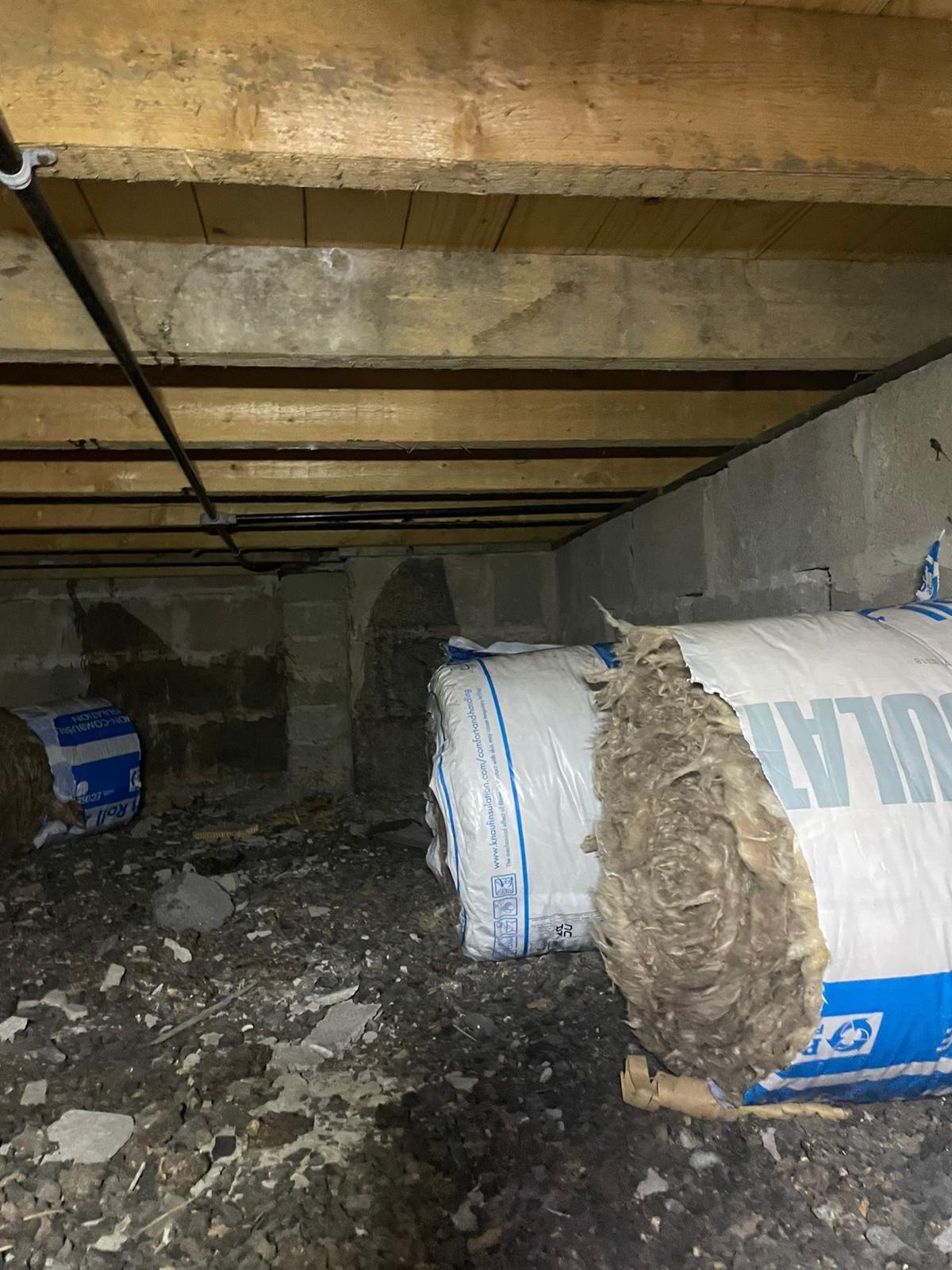Underfloor Insulation Installers serving Scotland.
Installing Underfloor Insulation will reduce cold draught and result in warmer floors, warmer feet, a warmer home and will
Save money on your Heating
bills.
Welcome to Underfloor Insulation Glasgow Ltd
Get a quote
Contact Form (Underfloor Insulation Page )
What is Under Floor Insulation?
Insulating under your suspended timber floor is a cheap and effective way to keep your heat in, cold draughts out and to make your floors feel noticeably warmer. If your home has a crawl space under the suspended wooden floors, it is possible we can insulate the floors from below. We require 400mm space between the bottom of the Joist and the ground below. We can easily create access if needed.
.
The fitters work from below your floor to fit insulation between the floor joists, fixing it to the underside of your floorboards and installing a netting to make sure it doesn't fall down. The image here shows a before and after picture, that will give you an idea of how it will look.

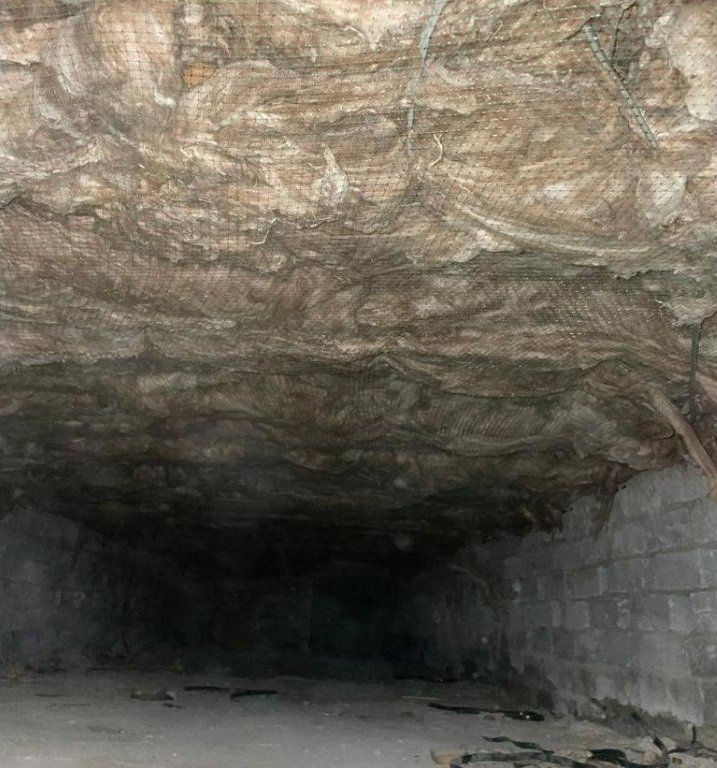
The benefits of installing Under Floor Insulation.
Insulating under your floors reduces heat loss and makes your floors warmer by 2 to 3 degrees on average. Insulated floors can help reduce your heating bills and make your home more comfortable. The benefits are:
- Save 10% to 20% on heating bills
- Reduce draughts
- Noticeably warmer floors
- Reduce CO2 & energy use
- Improved EPC rating
- Increase homes value
- Affordable installation and fast return on investment.
Free Home Insulation Surveys in Scotland.
Free Surveys & advice. Written Quotes.
And No Sales People.
What to expect if you make an enquiry.
The first step is to arrange a free survey and we will come to inspect your property, availability will depend where in Scotland you are located. An Underfloor Insulation survey can take as little as 15 minutes, but we are happy to check the whole house while we are there if you like.
If you enquire through the web site or call us, we can arrange a suitable to time for the survey to take place. During the survey we will check the property is suitable, answer any questions you might have, agree what we are going to measure up and quote, we will then email over a written quote showing what we propose to do and the costs for the work.
If you accept the quote, we can book you in for the work to start as soon as there's availability that suits you. We are typically booked up around 4 weeks in advance.
The insulation process itself is relatively simple, quick, and doesn't create mess inside your home. If there is no existing hatch, one can be created. We will have discussed that at the survey, so there should be no surprises.
For most homes the installation will take between 4 hours for a small property to a full day for a large Bungalow.
The Installation team will take before, during, and after photographs to document the process. They will be happy to keep you informed as the job progresses and show you the results at the end.
There shouldn’t be any surprises on install date, as the first stage of the process is to come and have a look at what is involved and answer any questions you might have.
Underfloor Insulation is a quick win with a short payback on the investment and stress free to have installed.
What is the best Underfloor Insulation?
A common question we are asked is "What is the best Underfloor Insulation" to install. Unfortunately there is no one simple answer. Several factors affect what materials can be used , mostly if it is going to be possible to get the materials installed and which materials are actually suitable for your property. One thing is for certain, the answer is never Spray Foam.. The installation of Floor Insulation doesn't have to be difficult of cause problems in the future as long as the correct materials are used and the installation installed correctly.
Older properties where Floor Insulation is being installed from underneath.
When working on an old property, especially from below the floor, then options on what materials can be used are fairly limited. The timbers wont be treated so the insulation needs to allow the timber to breathe, the access is going to be restrictive for getting the insulation into position, the joists wont be evenly spaced and there will likely be a lot of wires and pipes we need to work around. Where breathability, flexibility for access and malleability to fit irregular spaces are required that rules out PIR board insulation due to its rigidity and inflexibility, rules out reflective foil insulation due to airflow restriction and more or less rules out semi rigid batts due to increased labour costs. The best insulation for underfloor insulation could be judged one of two ways;
Knauf Mineral Wool offers good thermal insulation for the cost of the materials, it doesn't burn, doesn't smell, doesn't itch or release VOC gasses. As the wool can be easily moved around and installed easily there is certainly an argument for saying Knauf Mineral Wool is the best product for Underfloor Insulation.
Thermafleece Cozywool Sheep Wool insulation offers around 12% better insulation value than Mineral Wool, is sustainable and supports UK farmers, its natural and has the added benefit of helping to purify the air by removing toxins whilst regulating humidity to preserve the life of the timbers. There is an argument for saying the Sheep Wool is the best product, but it costs 3 times as much to have installed, a cost which will take a long time to pay itself back.
Properties where the floor is being lifted before insulation is installed.
If the floor is coming up on a property either just to install insulation or for Underfloor heating to be installed then the accessibility and flexibility no longer have a value. PIR board offers around 80% more insulation value that the equivalent thickness of Mineral Wool. It is more work to install than installing Mineral Wool from above and is more expensive to buy, but 80% is a lot of additional insulation. If you were to install Underfloor heating with a biscuit mix screed then PIR board is an essential part of that. If your installing a Heat Pump then you will likely want to ensure as much heat as physically possible stays in your home. If your looking to future proof your home and your floors are coming up then PIR board should be your choice. However, if you are on a budget and just need to achieve minimum standard for building regulations then that can be achieved using the much cheaper Mineral Wool. So again, what is best really depends on what restrictions are faced and whether you are looking for maximum insulation or have a set target in mind and cost is the driving factor.
Insulation products we tend to use:
We have used just about every product imaginable; Hemp, Cork, Sheep Wool, Wood based, Polystyrene, PIR board, Mineral Wool, Glass Wool, Space Blanket and Aluminium Foils. If a customer or Architect wishes to use a specific material we are more than happy to quote using your specification. We usually find Knauf Mineral Wool is the best insulation for the majority of jobs we fit, balancing price / performance and easy of installation. We often use Hemp or Sheep Wool semi-rigid batts in older properties rather than PIR, but we do use a lot of PIR every week.
So there is no simple answer, but we can discuss your property and specification during the survey. We always start from the viewpoint of giving the best solution at the most cost effective price and can tailor things if you need. Most used insulation materials:
- Knauf Mineral Wool (100mm, 150mm, 170mm or 200mm)
- Rigid PIR Board Insulation (50mm to 200mm)
- Thermafleece Sheep's Wool (50mm to 150mm)
- Aluminium Airtec double Foil (7mm)
Does Underfloor Insulation Work?
The short answer. Yes it does, it makes a big difference and the higher your ceilings the more you will appreciate the benefits. Insulating under your floors reduces heat loss and makes your floors warmer by 2 to 3 degrees on average. Insulated floors can help reduce your heating bills in several ways:
- Minimizing heat loss: Underfloor insulation acts as a barrier that prevents heat from escaping through the floor. It reduces the amount of heat transferred to the ground or outside, keeping the heat within the living space. This means the heating system doesn't have to work as hard to maintain a comfortable temperature, resulting in lower energy consumption and reduced heating bills.
- Enhanced thermal efficiency: Insulating the floor helps to create a thermal envelope within your home. By reducing heat loss through the floor, the overall energy efficiency of the building is improved. This allows the heating system to operate more efficiently, as less heat is wasted. Consequently, the heating system can achieve the desired temperature more quickly and maintain it with less effort, leading to energy savings and lower bills.
- Improved heat distribution: Underfloor insulation can help distribute heat more evenly throughout the living space. When the floor is insulated, it acts as a thermal mass, absorbing and storing heat. As a result, the floor surface becomes warmer, and the heat radiates upward into the room. This balanced heat distribution eliminates cold spots near the floor and reduces the need for localized heating, which can help lower energy consumption and decrease heating costs.
- Reduced heat demand: With underfloor insulation, the overall heat demand of your home can decrease. The insulation minimizes heat loss, which means you may not need to set your thermostat as high to achieve the desired level of comfort. As a result, the heating system operates for shorter durations or at lower power, leading to energy savings and reduced heating bills.
- Less draughts: Less cold air will be able to leak into your home through the floors as the insulation reduces the movement of air around it. Additionally, the air being pulled over your floors by the radiators is warmer meaning less chilly draughts around your ankles.
The Energy Savings Trust estimate this can reduce your heating bills by 15% and estimates from various other experts range between 10% and 20%.
How much does Underfloor Insulation cost in Scotland?
It is not possible to say for certain, we don't charge a flat meterage rate to install Underfloor Insulation. Here are some examples as a guide:
- 3 bed semi-detached House in Glasgow with 600mm crawl space and easy access. 40 Square meters £560. £14 per meter.
- 4 bed detached Bungalow in Dumfries with 500mm crawl space and easy access. 110 square meters £1,475. £13.40 per meter.
- 3 bed flat in Edinburgh with 400mm crawl space under the floor, with access hatches needing cut throughout the property. 80 square meters £1,410. £17.62 per meter.
- 3 bed semi-detached House in Dundee with 600mm crawl space and good access. 50 square meters £800. £16.00 per meter.
- 4 bed dethatched Bungalow in Aberdeen, 1 meter depth and plenty of access. 125 square meters £1,862. £14.89 per meter.
Travel costs and the amount of time to install the Insulation under the floor affect the price, but that can be offset with the economy of scale for larger properties. A ballpark cost for Underfloor Insulation could be:
Small houses £450 - £600
Medium houses £600 - £1,000
Large Houses £1,000 - £2,000
